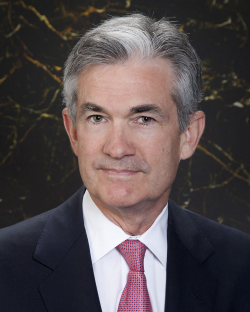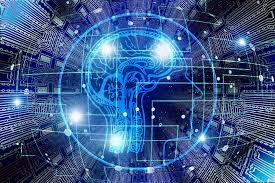
Moore’s Law accelerates the pace of change in every direction. It’s not just about silicon. It’s not just about technology. It’s about what is enabled.
Two things that are enabled by technology are deflation and change. The first is a subset of the second. Technology lets consumers and businesses adjust to change rapidly. This is true not just because technology is improving, but because its adoption keeps increasing.
Moving technology from a desktop to a smartphone is a step change in its adoption. Smartphones let us compare prices inside a store. They let us route around traffic jams. They bring the office to the job site. You can find whatever you need to know, from anywhere, using a smartphone.
A world of instant answers means a world of instant adjustment. Demand can adjust faster than supply, but supply can adjust too. We all went into lockdown together, we all came out of it together, we all demanded products together, then we demanded services together. There was a lag, but by and large the economy has kept up.
Some changes are permanent. We don’t need offices the way we did. You can appear on TV from your living room, kitchen, or bedroom. What I’ve seen, as a business reporter, is that the economy can now react ahead of policymakers. Even the Federal Reserve, which can adjust policy every month or even within a month, can no longer keep up.

But Powell left himself an out. He said if the data changed, the Fed would change. The data is already changing, but the Fed doesn’t yet trust it. Inflation last month, measured by the Personal Consumption Expenditures index, was negative in July. It was still up 6.5% for the year, and that’s what was reported, but it was -0.1% in July.
Technology lets consumers and businesses react quickly to changing economic conditions. It lets us react faster than any policymaker. That’s going to be the economic lesson of 2022. Whether it’s properly understood or not, because policymakers still like analogies to the 1980s, remains to be seen.
But that’s what is happening.










